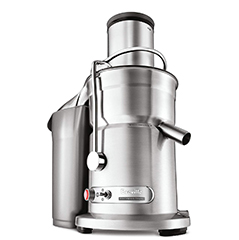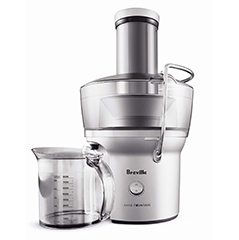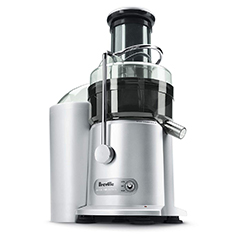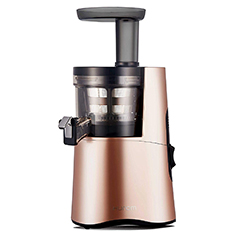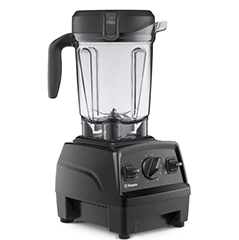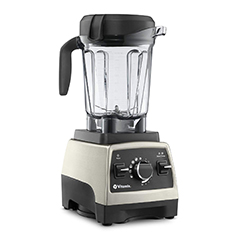Juicing Vs. Blending: What’s The Difference?
Denise Vasi
Since I proposed (and y’all accepted) a 30-day investigative challenge on celery juice, the question on whether to have, use, or buy a juicer or a blender has presented itself. I received so many Instagram DMs about it that I decided I would share all the info in one place. I thought it would be most beneficial to break down the differences between a juicer and a blender first. While it might seem that juicers and blenders can do the same job—take something from its solid form to a more liquefied form—these two appliances work very differently.
Scroll to the bottom of this post to the “Shop This Story” section to find some of my suggestions as to which are the best in each category. The appliances included are based on what I, family members, or my friends have and love, as well as some of the top-rated devices based on quality and cost.
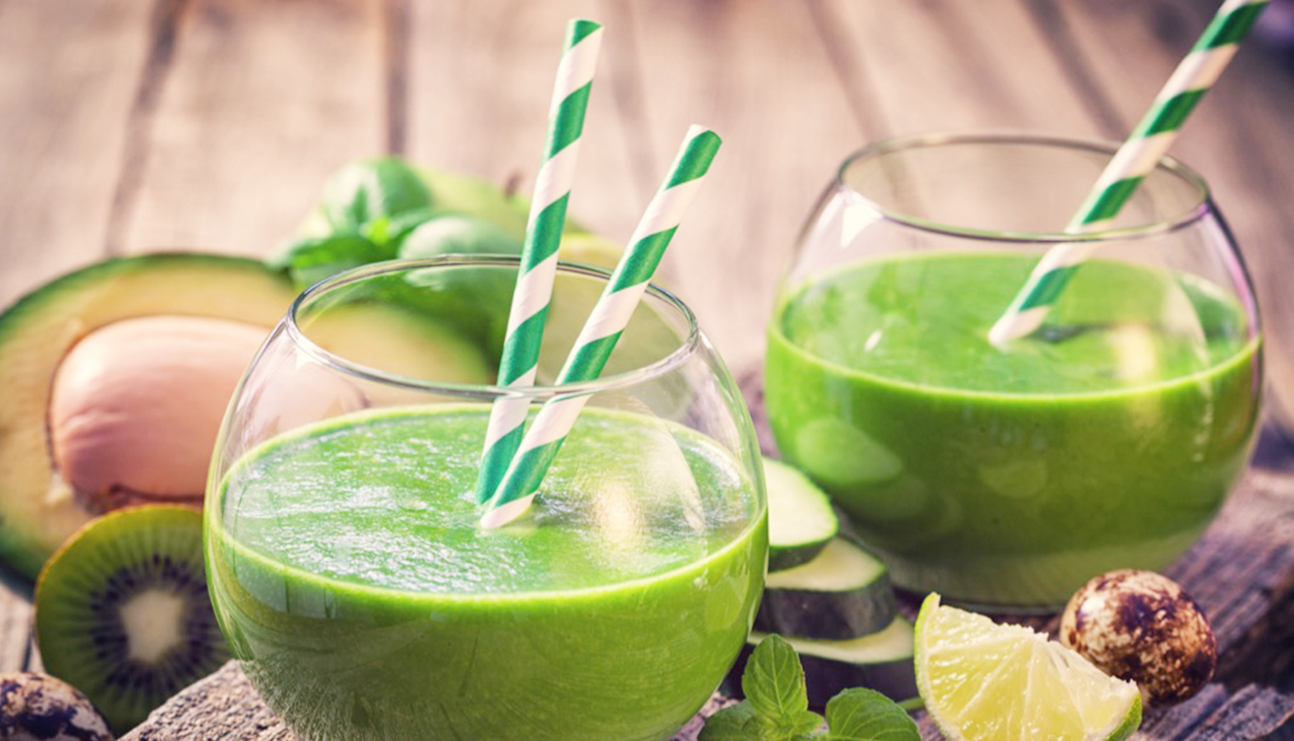
Blenders
Blenders pulverize fruits and vegetables entirely. They process everything you add and as their name suggests, blend it all together producing a thick, voluminous substance. That’s why they are the go-to kitchen appliance for smoothies. From a wellness perspective, what’s most beneficial about blenders is that because you are using fruits and veggies in their entirety, fiber is retained. With a blender, you can also add ingredients of different textures like seeds, nuts, and powders for more nutrition. Blenders are mighty machines that can handle everything from making a smoothie to whipping up a soup to crushing ice.
When making juice in a blender, you will need to add water to keep your produce from getting caught in the blender’s blades; the additional water can alter the taste of your juice. Once you’ve finished blending, you will need to go through the additional step of straining out the pulp. You can easily do that by passing the contents of the blender through a jelly strainer or a nut bag.
Juicers
Juicers extract the liquid from your fruits and veggies. They remove the pulp from the juice, creating a concentrated liquid made up of essential nutrients and plant chemicals. Some researchers believe that the process of juicing makes those vitamins and minerals more readily available to your body because there is no need to break down the food before absorption. A considerable part of the “juice vs. smoothie” debate is the concern that beneficial fiber is stripped away during the juicing process. The truth is that including both juices and smoothies in your daily life is a great way to increase your fruit and vegetable intake and help kickstart a healthier way of living.
It’s is important to know that there are two types of juicers, centrifugal and masticating.
Centrifugal juicers are more commonly found in home kitchens because of their easy to store, upright designs and affordability. A few years back, there was debate about centrifugal juicers’ tendency to heat your produce due to the grinding process they use. That heat has been shown to affect the nutritional value of the juice. Juices made from centrifugal juicers can only be stored for 24-48 hours, versus juices from a masticating juicer, which can be stored for 72 hours. Either way, it’s best to drink your juice as soon as possible, when it’s freshly made, although making your juice up to one night before is acceptable and a great time-saving hack.
Masticating juicers crush and press produce slowly, breaking down fruits and vegetables to create a cold-pressed juice. According to research, these juicers are superior because the liquid produced retains higher nutrient content. Masticating juicers also produce more liquid and because there is no heat involved, the juice will last longer, but these machines work slower and come at a much higher price point.
If you are going to go with a centrifugal juicer, you’ll want to invest in one of the better performing models to be sure you’re getting a high-quality juice. I have both types of juicers—centrifugal and masticating. For years, I strictly used a masticating juicer, but as my life got busier (hello motherhood), I’ve found that a centrifugal juicer is faster and more convenient. I’ll be using this one for our 30-day celery juice challenge.
I want to add that I don’t think anyone needs to go out and buy anything new to start our challenge. Use what you already have at home until you decide you’re ready to invest in an upgrade. I’ll be sharing how to make celery juice using both methods in my next post.
Story Details




